PsychNewsDaily Publishers
100 Summit Drive
Burlington, MA, 01803
Telephone: (320) 349-2484
PsychNewsDaily Publishers
100 Summit Drive
Burlington, MA, 01803
Telephone: (320) 349-2484
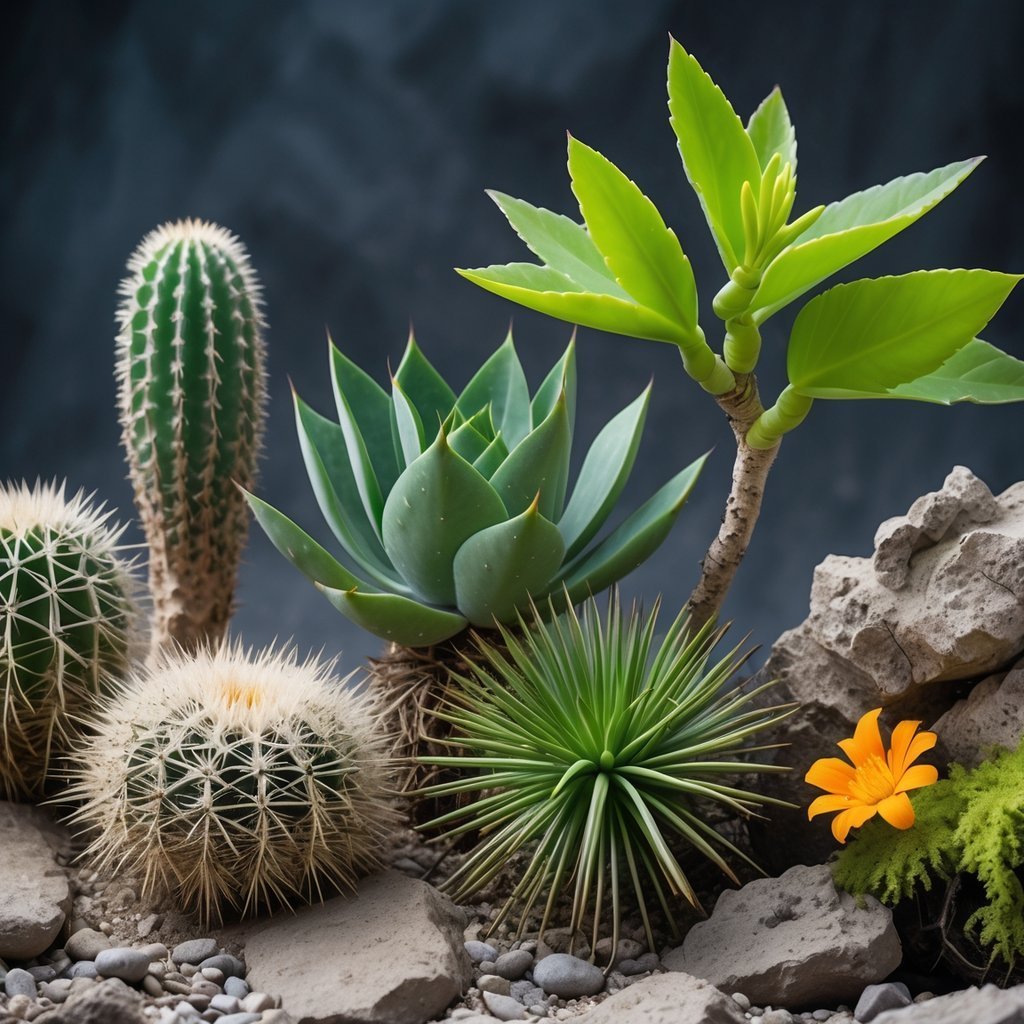
Plants that make it in extreme climates? They’re honestly kind of mind-blowing. Picture scorching heat, icy cold, or bone-dry deserts—somehow, these plants figured out how to live where most others just can’t hack it.
You can learn a lot about resilience from these survivors. They show how life keeps adapting, even when the going gets tough.
Here are seven plants that stand out for their ability to grow in the harshest places on Earth. Maybe you’ll feel inspired to try some of these tough species in your own garden, especially if your weather feels impossible sometimes.
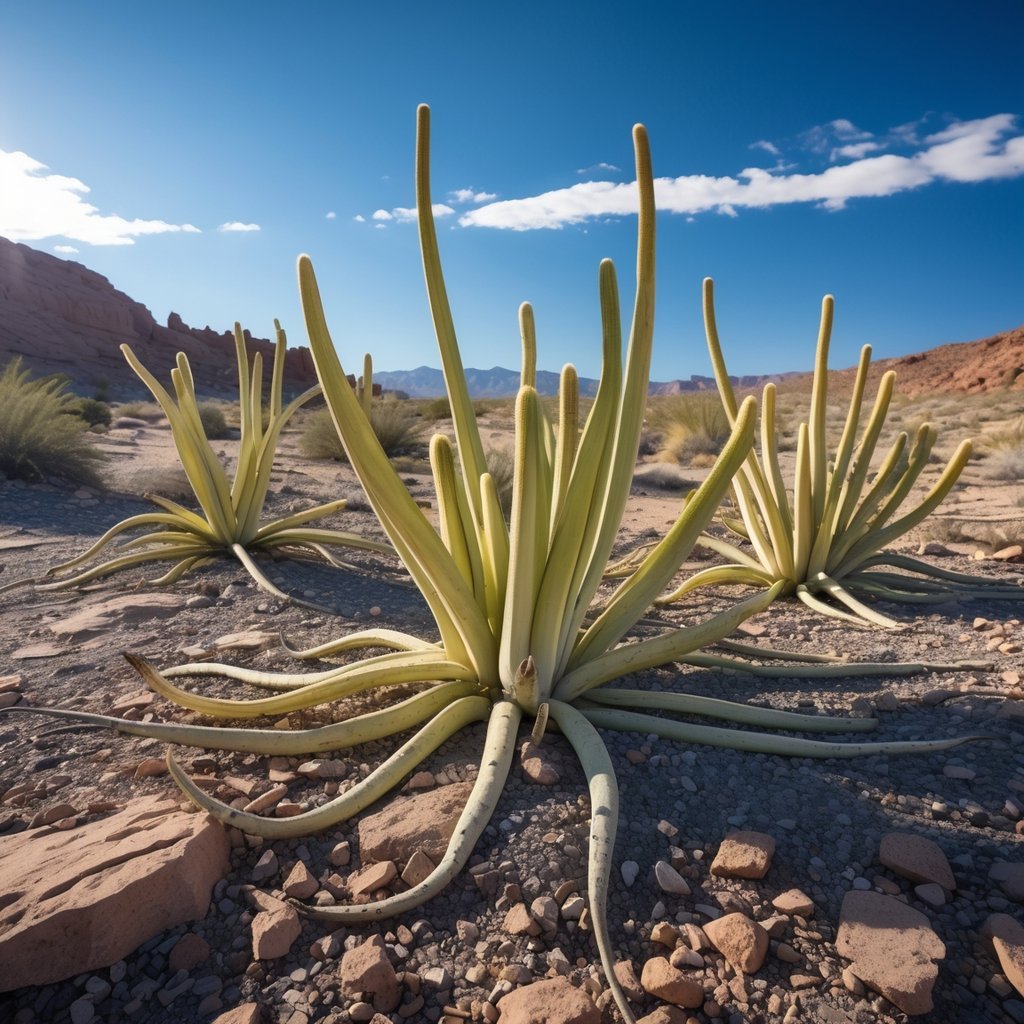
Welwitschia mirabilis might just be the weirdest plant out there. You’ll spot it in the Namib Desert, which is about as dry and hot as it gets.
This plant only grows two leaves, and they keep getting longer for hundreds or even thousands of years. Some have stuck around for up to 2,000 years—which is wild!
Welwitschia grabs water straight from fog, since rain doesn’t really happen there. It’s a survivor, and honestly, it’s hard not to admire its stubbornness. If you ever wander through a desert, look for this oddball champion.
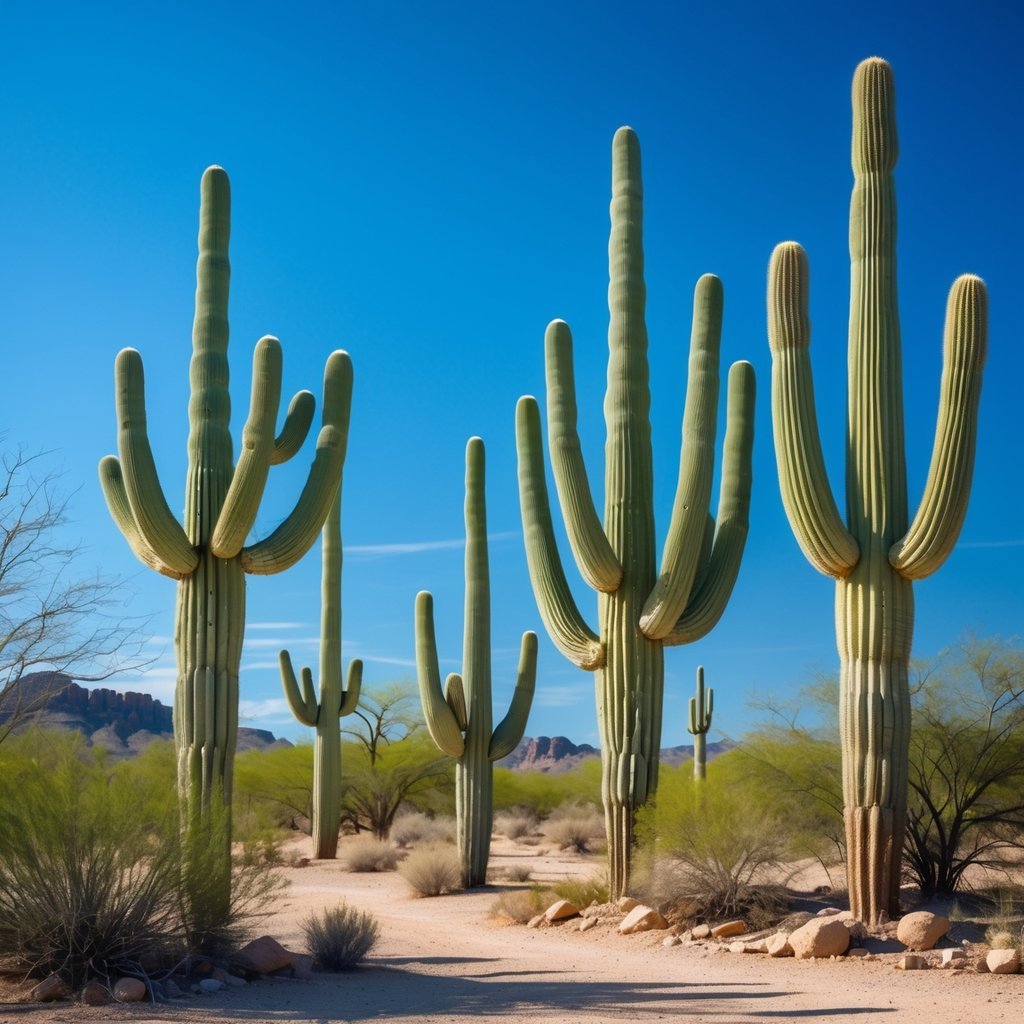
The saguaro cactus calls the Sonoran Desert home. It needs just the right mix of heat and a bit of rain to do well. Cold snaps? Not its thing.
This cactus can shoot up to 40 feet or even taller, but it takes its sweet time. Some live for 150 to 200 years, which is kind of impressive. Its arms—sometimes more than 50—help it soak up as much sunlight as it can.
To handle the dry desert, the saguaro sends roots deep underground. These roots pull up water from far below, and it stores that water inside its thick body to get through long dry spells.
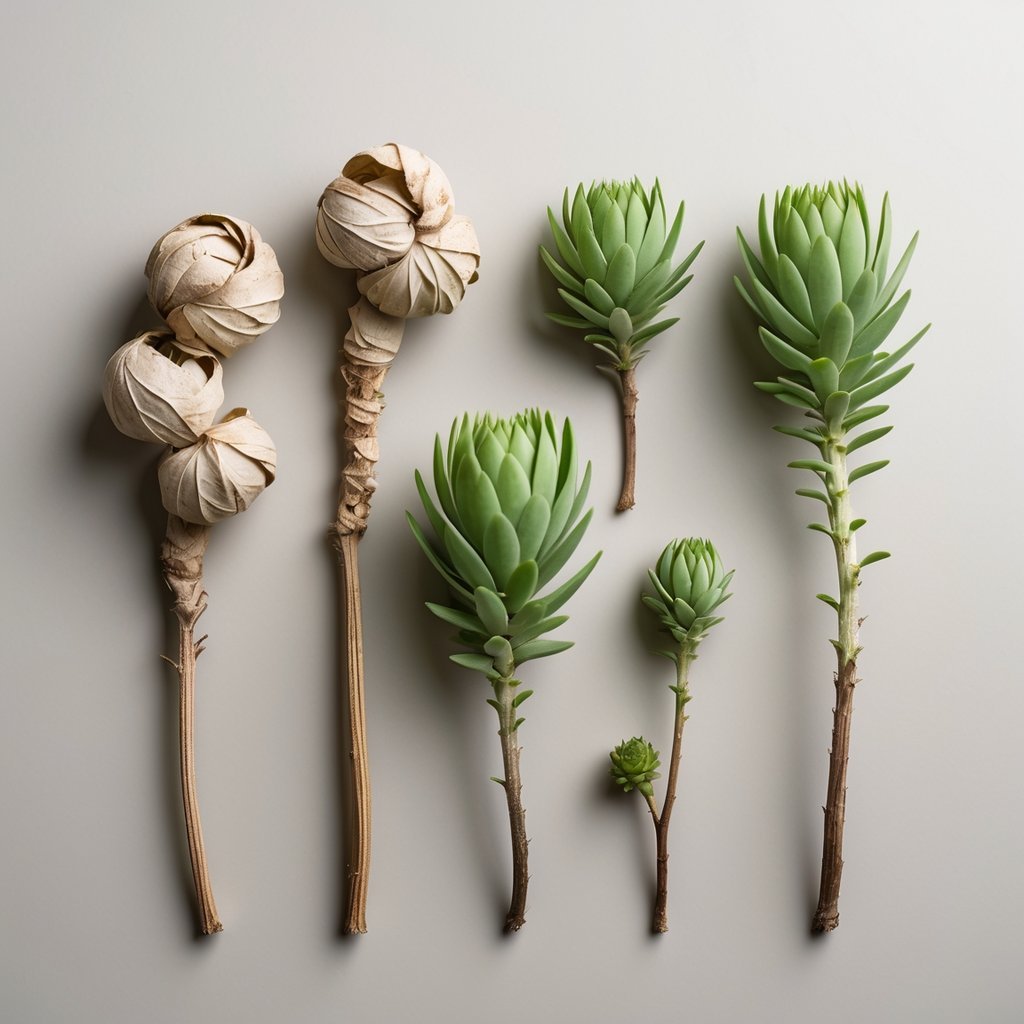
You’ll see the Resurrection Plant in super dry places like the Chihuahuan Desert. When it doesn’t get water, it curls up tight and looks totally dead.
Add some water, and it slowly uncurls, turning green again—like magic. It’s almost hard to believe.
If you want to grow one, keep it in indirect sunlight and use well-drained soil. Water it about once a month, especially in summer. This plant doesn’t ask for much, so it’s perfect if you want something cool and low-maintenance.
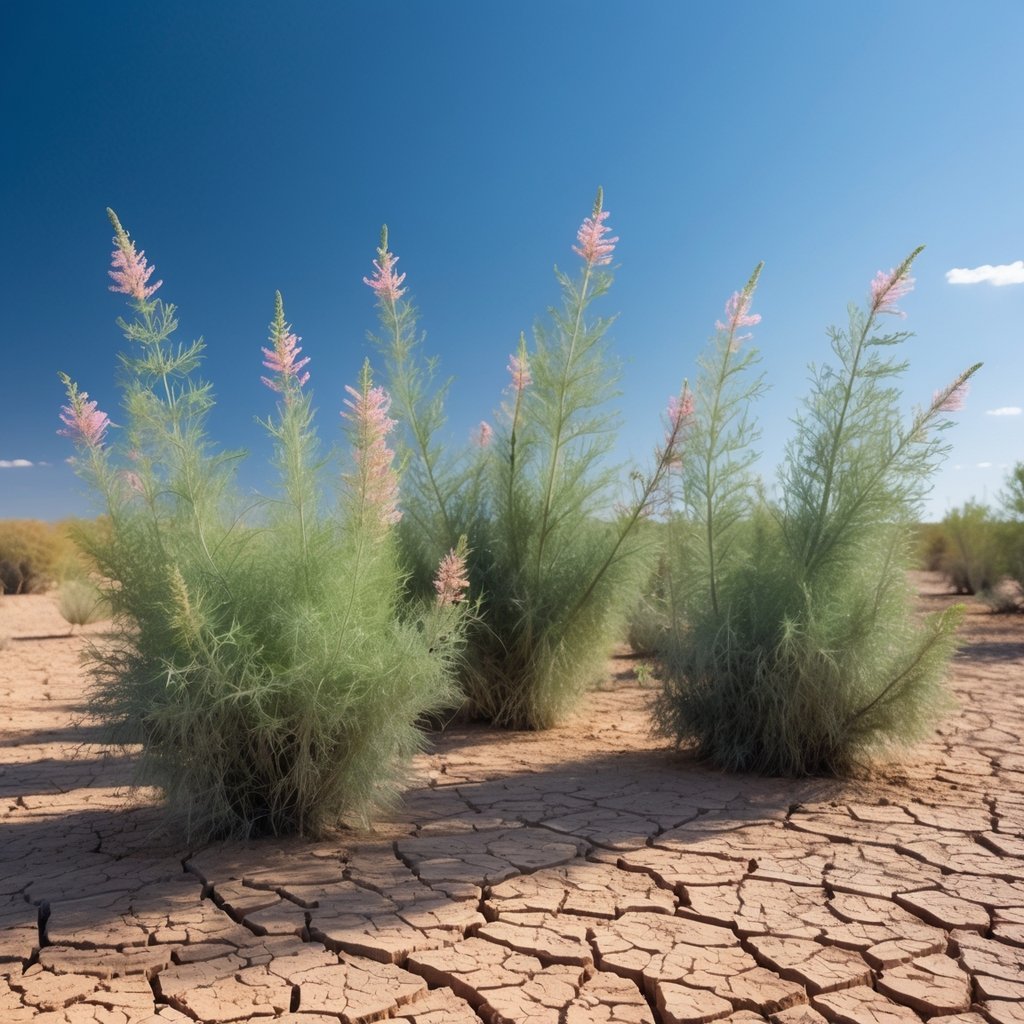
Tamarisk is a tough, pretty shrub that handles warm, dry spots and even salty soil. Most plants would give up, but not this one.
It grows small, delicate flowers in late summer and loves full sun with well-drained soil. Tamarisk handles both cold winters and blazing summers, so it’s super adaptable.
If you live near the coast or in a dry region, tamarisk could work well. Just keep an eye on it—it can spread fast and take over if you let it. Its knack for stabilizing soil and resisting salt makes it a solid pick for rough environments.
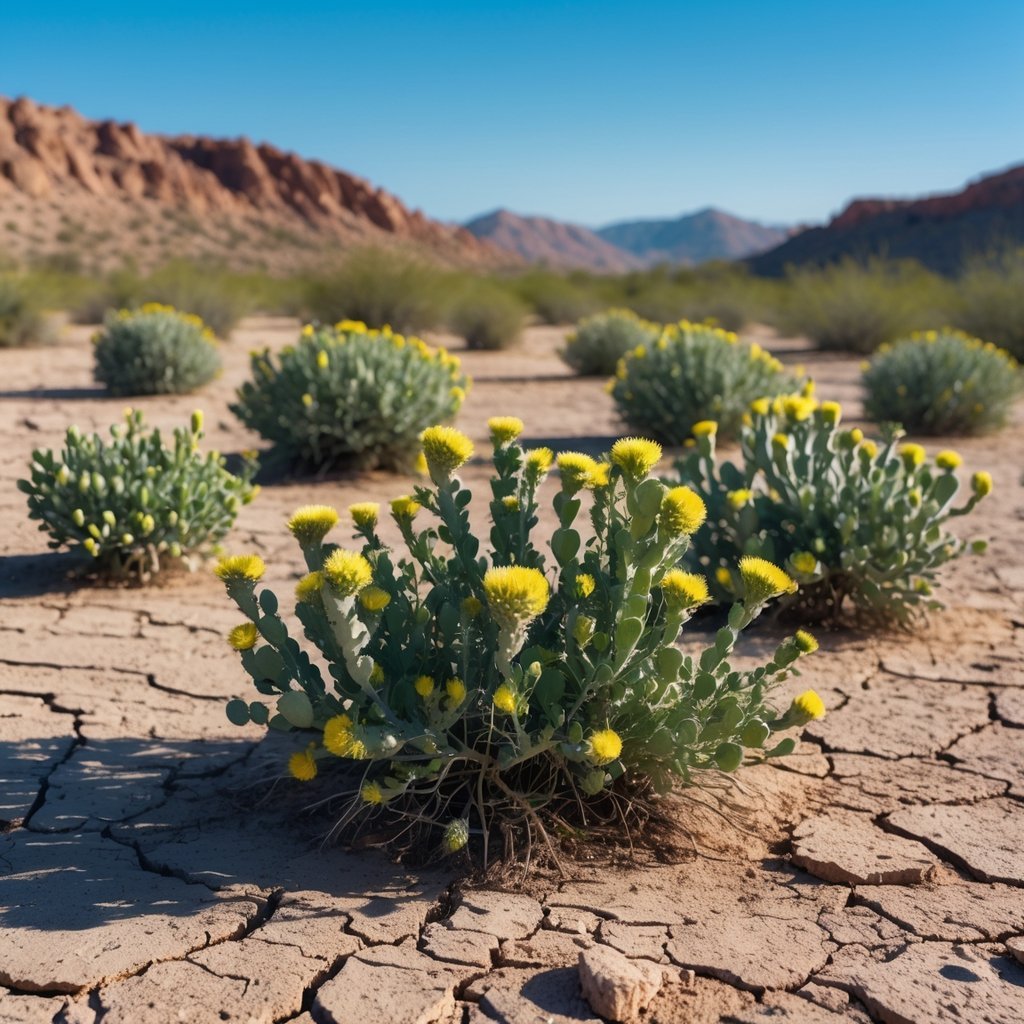
Creosote Bush thrives in dry deserts like the Sonoran and Mojave. It shrugs off extreme heat and barely needs water, so it’s built for tough places.
The leaves are tiny and dark green, covered in resin that helps the plant hold onto moisture. That resin also gives off a fresh, unique smell after rain—some people love it, honestly.
Creosote Bush stays green all year, bringing steady color to a desert garden. If you’re looking for a hardy, low-maintenance plant for a hot, dry spot, this one’s a great bet.
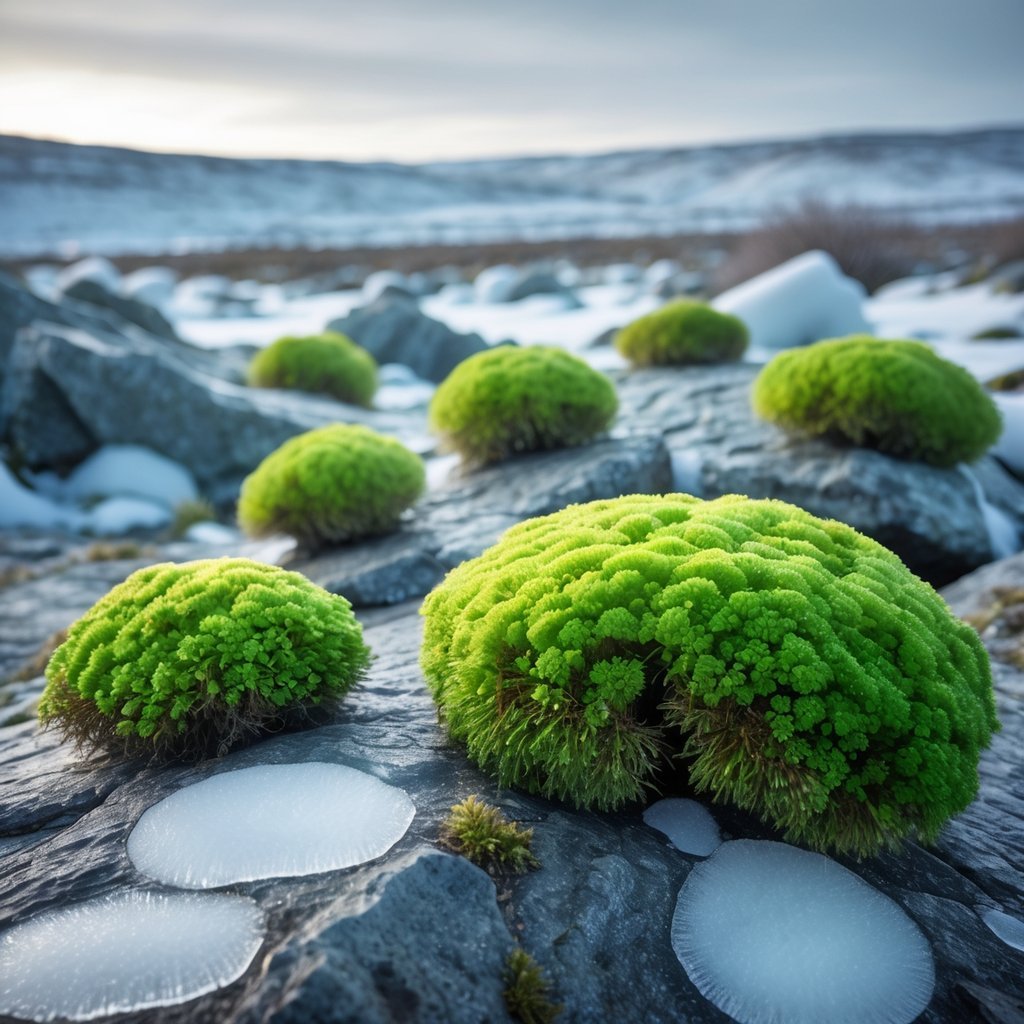
Arctic moss grows in some of the coldest spots on the planet. It can handle freezing temperatures, crazy winds, and super short summers.
You’ll often see it hugging the ground or growing underwater in lakes and bogs. This moss stores up energy to survive those long, dark winters when sunlight is just a rumor.
It actually helps clean the air by taking in carbon dioxide. Plus, it gives shelter and food to animals that tough it out in the Arctic. Small but mighty, right?
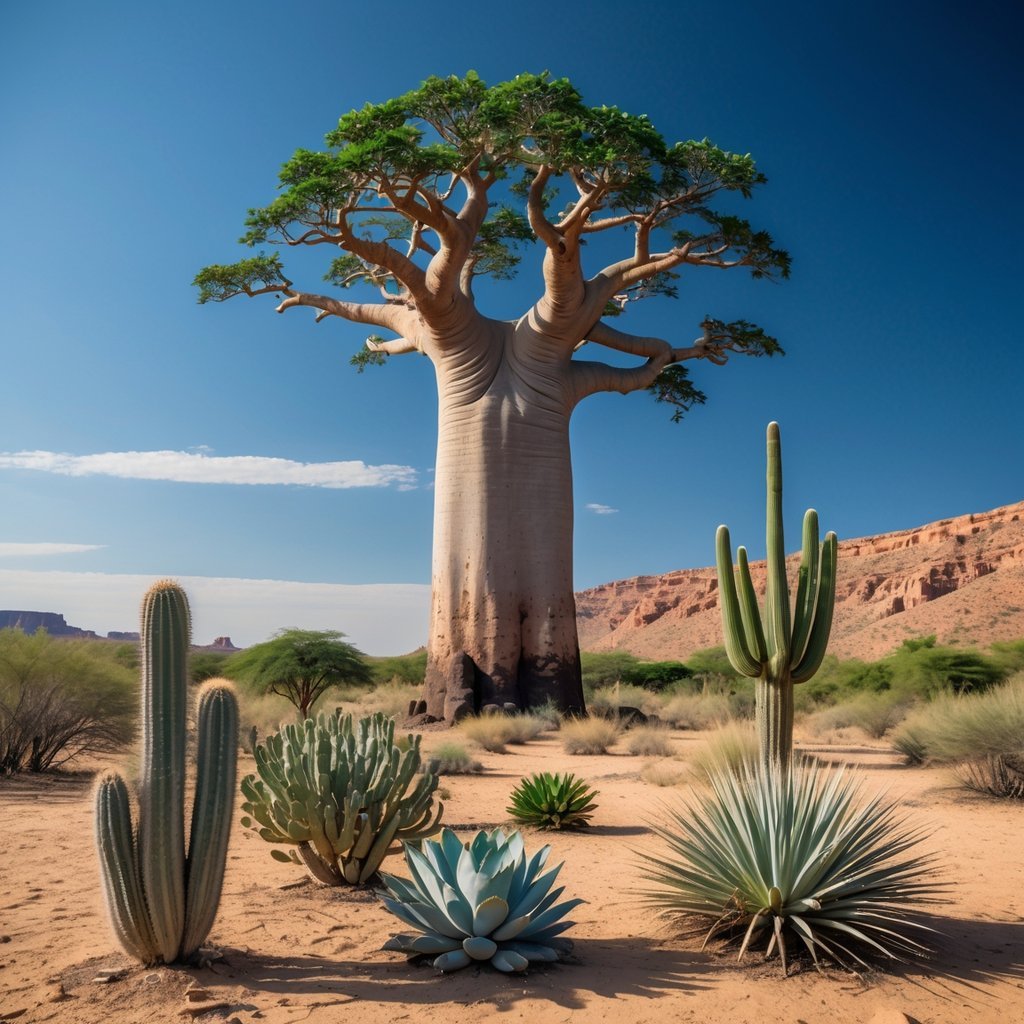
Ever seen a baobab tree? It almost looks like someone planted it upside down.
Its thick branches stretch out wide, kind of like roots waving up into the sky. This odd shape actually helps the tree get through dry seasons since it drops all its leaves.
The trunk acts like a giant sponge—it stores water, making it soft if you touch it. That’s how the baobab manages to survive those long, harsh dry spells.
Some of these trees live for more than a thousand years. They grow slowly, and honestly, you won’t see them produce fruit until they’re really old.
You’ll spot baobabs mostly in Africa and Madagascar, where the climate stays hot and dry.